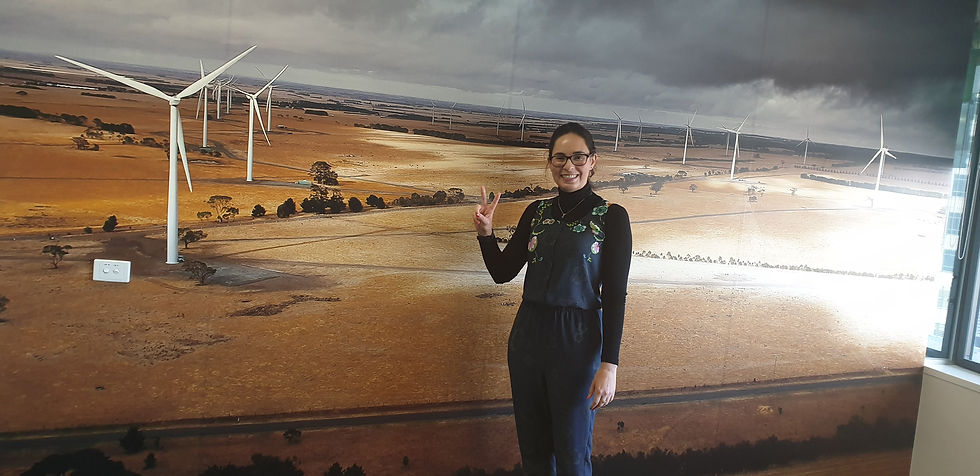Cleaner Production in Action: Pioneering Water Reuse and Resource Recovery in the Aburrá Valley
- Carolina Agudelo Arbeláez

- 25 may.
- 3 Min. de lectura
Insight: In the early 2000s, environmental concerns in Colombia’s industrial corridors were escalating, yet few solutions addressed the root of resource inefficiencies. Collaborating with forward-thinking partners, I witnessed firsthand how cleaner production practices—rooted in technical rigor and local industry engagement—could drive measurable impact in water reuse and raw material recovery. I envision a future where sustainability is not a compliance checkbox but a strategic engine for innovation and resilience across all sectors.
More than two decades ago, I had the privilege of contributing to one of Colombia’s earliest and most ambitious cleaner production projects—an initiative that aimed to rethink how small and medium industries manage water and raw materials. In partnership with the Environmental Group at Universidad Pontificia Bolivariana and backed by the Metropolitan Area of the Aburrá Valley, we set out to prove that environmental responsibility and industrial efficiency could—and should—go hand in hand.
A Strategic Focus on High-Impact Sectors
Our focus was clear: improve water efficiency in industries exerting considerable pressure on local water resources. We concentrated on four sectors with significant environmental footprints—food, leather tanning, metal plating, and textiles—designing tailored strategies to reduce wastewater discharge and recover valuable raw materials. These sectors became living laboratories for cleaner production, showcasing how sustainability could be implemented without sacrificing competitiveness.
Methodology Grounded in International Best Practices
The methodology we applied was adapted from the United Nations Environment Programme and the IVAM Institute in Amsterdam, unfolding across six well-defined phases and 18 targeted activities. Through detailed environmental diagnoses, we identified the stages of each production process with the greatest environmental, economic, and technical impact. This allowed us to propose specific, context-aware opportunities for cleaner production that matched the capabilities and realities of local businesses.
Tangible Opportunities, Real Results
Each industrial sector revealed powerful opportunities for transformation:
Food industry: We explored how to optimize water in cooling systems and reduce solid waste in wastewater. Techniques like centrifugation and DAF (dissolved air flotation) showed potential for recovering fats and improving effluent quality.
Leather tanning: Recognizing the environmental burden of chromium, we piloted water recirculation systems and chromium recovery techniques—proving both technically feasible and economically attractive.
Metal plating: Cleaner production meant better rinse efficiency and resource recovery. Recovering nickel and chromium from rinse water reduced waste and cut operational costs, with minimal process disruption.
Textile: We tested heat recovery from cooling water and reuse of rinse water. Membrane technologies like ultrafiltration and nanofiltration delivered measurable water savings and pollutant reduction.
Long-Term Impact and Ongoing Relevance
Looking back, this project was ahead of its time. It created a model not only for the Aburrá Valley but also for other regions seeking to blend environmental protection with industrial growth. The lessons remain relevant: when sustainability strategies are economically viable, they endure.
For me, this project marked a turning point in understanding how applied environmental engineering can shape resilient and forward-looking industries. It reminds us that cleaner production is not just a toolkit—it’s a mindset that continues to guide how we solve today’s environmental challenges.
Discover how early cleaner production initiatives in Colombia laid the foundation for modern industrial sustainability. Read the full article on our pioneering work in water reuse and resource recovery in the Aburrá Valley.
Libro producción más limpia: Evaluación técnica y económica de tecnologías para reúso de aguas de proceso en industrias de los sectores alimentos, textil, curtiembres y galvanoplastia






Comentarios